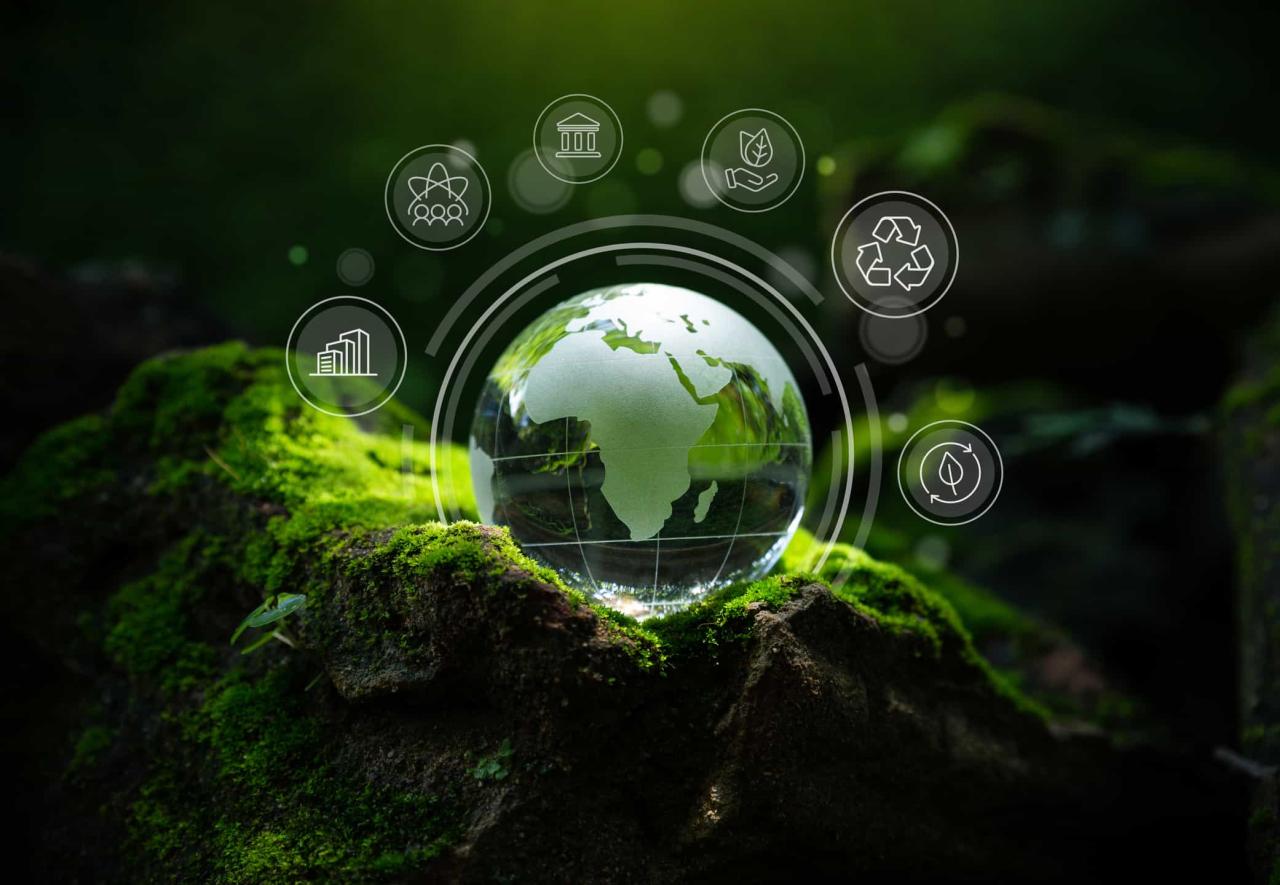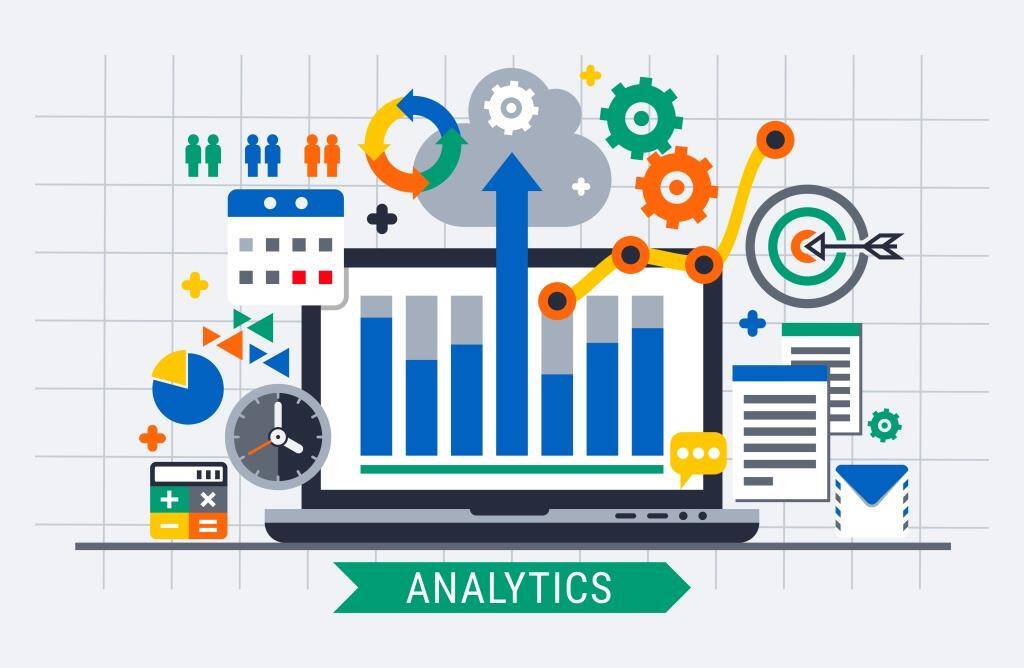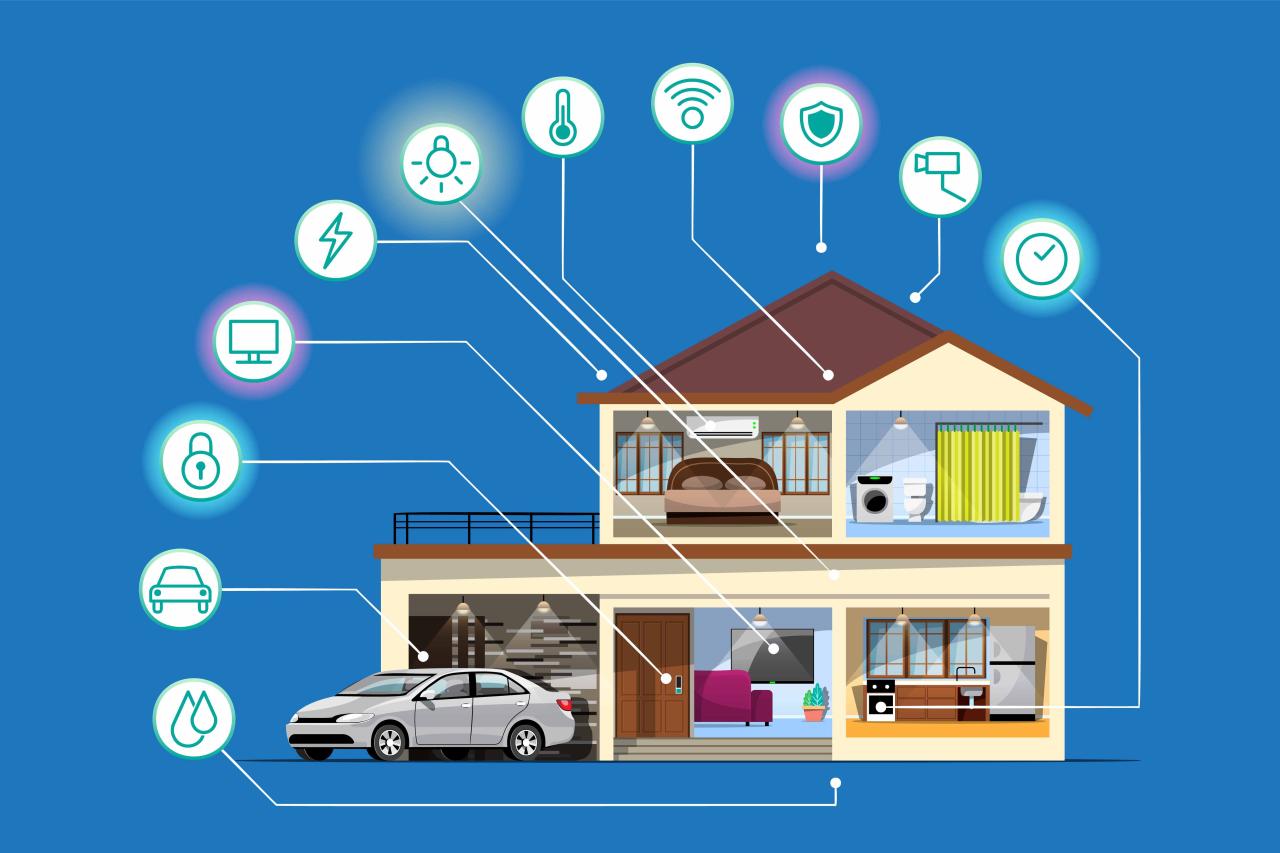Sustainable Tech Tools: Positive Impact for The Planet

In an age increasingly defined by environmental consciousness and the urgent need for a greener planet, the technology sector, often seen as a primary contributor to resource consumption and waste, is undergoing a profound transformation. This shift is spearheaded by the emergence and widespread adoption of sustainable tech tools – innovative hardware and software solutions designed not only to be more eco-friendly in their creation and operation but also to actively enable environmental protection and resource optimization. These aren’t merely buzzwords; they represent a fundamental commitment to reducing ecological footprints, fostering responsible consumption, and driving a positive impact on the world. The development and deployment of such tools are redefining industry standards and shaping a future where technological progress aligns seamlessly with ecological preservation.
This comprehensive article delves deep into the burgeoning world of sustainable tech tools, exploring their core principles, dissecting the key categories that drive their utility, and illuminating their transformative impact across diverse industries and daily life. We will uncover how advancements in energy efficiency, circular economy principles, and intelligent resource management are converging to create a greener, more responsible technological ecosystem. Our aim is to provide a detailed roadmap for understanding this exciting frontier, highlighting the undeniable benefits, the critical considerations, and the immense potential of leveraging these indispensable digital and physical instruments to build a more sustainable future.
Why Sustainability in Tech Matters

For decades, the rapid innovation in technology came with a hidden cost: enormous energy consumption, a reliance on finite rare earth minerals, and a growing mountain of electronic waste (e-waste). As climate change and resource depletion become undeniable global challenges, the tech industry faces immense pressure to pivot towards sustainability. The imperative for sustainable tech tools stems from several critical factors:
- Environmental Imperative: The urgent need to reduce greenhouse gas emissions, minimize pollution from manufacturing processes, and curtail the volume of toxic e-waste in landfills.
- Resource Scarcity: Reliance on finite natural resources for hardware production necessitates efficient use, recycling, and the exploration of alternative materials.
- Economic Benefits: Energy-efficient solutions can lead to significant cost savings for businesses and consumers. Sustainable practices can also open new market opportunities.
- Regulatory Pressure: Governments worldwide are implementing stricter regulations on energy consumption, e-waste disposal, and supply chain transparency, compelling companies to adopt greener practices.
- Consumer Demand: A growing segment of environmentally conscious consumers and businesses are actively seeking out sustainable products and services, driving market demand for eco-friendly tech.
- Brand Reputation: Companies demonstrating a commitment to sustainability often enhance their brand image, attract talent, and build stronger customer loyalty.
- Long-term Resilience: Adopting sustainable practices builds resilience against future resource shocks, regulatory changes, and environmental disasters.
The shift towards sustainable tech tools is not just an ethical choice; it’s a strategic imperative for long-term viability and positive global impact.
Key Categories of Sustainable Tech Solutions
Sustainable tech tools manifest in various forms, from energy-efficient hardware to software that optimizes resource use and platforms that facilitate green practices.
A. Energy-Efficient Hardware
These are the physical components designed to consume less power during their operation, reducing carbon footprint and electricity bills.
- Low-Power Processors (CPUs & GPUs): Manufacturers like Apple (with its M-series chips), Qualcomm, and increasingly Intel and AMD are designing processors that deliver high performance with significantly lower power consumption, especially crucial for laptops, smartphones, and data centers.
- Energy-Efficient Displays: OLED and advanced LCD technologies are becoming more power-efficient, particularly for large-screen TVs, monitors, and mobile devices. E-ink displays (used in e-readers) consume very little power.
- Solid State Drives (SSDs): SSDs consume less power than traditional Hard Disk Drives (HDDs) because they have no moving parts, contributing to overall system energy savings in PCs and servers.
- Smart Power Management: Hardware components and operating systems (e.g., Windows’ Modern Standby, macOS’s optimized sleep modes) incorporate sophisticated power management features that dynamically adjust power usage based on workload, putting components into low-power states when idle.
- Efficient Power Supplies: Power Supply Units (PSUs) in computers and servers are designed with higher efficiency ratings (e.g., 80 Plus Platinum/Titanium), meaning less energy is wasted as heat during AC-to-DC conversion.
B. Circular Economy Enablers
These tools focus on extending the lifespan of tech products, enabling repair, reuse, and recycling, and minimizing waste.
- Modular and Repairable Designs: Companies are increasingly designing products (e.g., Framework Laptop) with easily replaceable components (batteries, screens, ports, RAM) to facilitate repair and upgrades, extending product life and reducing e-waste.
- Refurbishment and Resale Platforms: Online marketplaces and specialized companies (e.g., Back Market, Swappie) facilitate the resale and refurbishment of used electronics, giving devices a second life and diverting them from landfills.
- Recycling and E-waste Management Solutions:
- Take-back Programs: Manufacturers and retailers offer programs for consumers to return old electronics for proper recycling, ensuring valuable materials are recovered and hazardous substances are handled safely.
- Asset Disposition Software: Tools that help businesses securely erase data from old devices and manage their environmentally responsible disposal or recycling.
- Material Tracing and Supply Chain Transparency Tools: Software that tracks the origin of raw materials and manufacturing processes, helping companies ensure ethical sourcing and responsible environmental practices throughout their supply chain.
C. Software for Resource Optimization
These are applications and platforms designed to reduce energy consumption and improve efficiency in data centers and cloud operations.
- Cloud Computing Optimization Tools:
- Cloud Cost Management Platforms: Tools that analyze cloud resource usage and recommend optimizations to reduce energy consumption and associated costs (e.g., Rightsizing instances, identifying idle resources, scheduling shutdowns for non-production environments).
- Serverless Computing (FaaS): Services like AWS Lambda or Google Cloud Functions only consume computing resources when their code is actively running, dramatically reducing idle energy consumption compared to always-on servers.
- Virtualization Software: Enables multiple virtual machines to run on a single physical server, maximizing hardware utilization and reducing the number of physical servers needed, thereby cutting energy consumption.
- Data Center Infrastructure Management (DCIM): Software that monitors and manages the power consumption, cooling, and environmental conditions within data centers, allowing operators to optimize energy efficiency.
- AI for Data Center Energy Management: AI algorithms analyze real-time data from data centers to predict cooling needs, optimize server loads, and adjust power distribution, leading to significant energy savings.
D. Green Building and Smart City Tech
Tools that enable sustainable infrastructure and urban management.
- Building Management Systems (BMS): Intelligent software that controls and optimizes energy use (HVAC, lighting), water consumption, and waste management in commercial and residential buildings, reducing environmental impact.
- Smart Grid Technologies: Software and hardware that enable intelligent management of electricity grids, optimizing energy distribution, integrating renewable sources, and reducing transmission losses.
- Urban Sensing Platforms: Networks of sensors and data analytics tools that monitor environmental parameters (air quality, noise pollution, traffic congestion) in cities, providing insights for sustainable urban planning and policy-making.
- Renewable Energy Management Software: Tools that optimize the performance of solar panels, wind turbines, and battery storage systems, ensuring maximum energy capture and efficient distribution.
E. Environmental Monitoring and Data Analytics
Tools that collect, analyze, and visualize environmental data to inform conservation efforts and policy.
- Remote Sensing and GIS (Geographic Information Systems): Satellite imagery, drone data, and GIS software are used to monitor deforestation, track climate change impacts, manage natural resources, and assess environmental health on a large scale.
- Environmental Compliance Software: Helps businesses track and report their environmental performance, ensuring compliance with regulations and sustainability targets.
- Biodiversity Monitoring Tools: AI-powered cameras, acoustic sensors, and data analytics used to monitor wildlife populations, track species movement, and detect poaching, supporting conservation efforts.
- Carbon Accounting Software: Tools that help organizations measure, track, and report their greenhouse gas emissions across their operations and supply chain, enabling carbon reduction strategies.
How Sustainable Tech Tools Work

The effectiveness of sustainable tech tools stems from a blend of advanced engineering, intelligent algorithms, and a commitment to ecological principles.
A. Energy Efficiency at the Micro and Macro Levels
- Chip-Level Optimization: Designing transistors and circuits that require less power for computations.
- Software Optimization: Writing efficient code that minimizes processing demands and memory usage, thus reducing the power needed to run applications.
- Smart Power Management: Implementing dynamic frequency and voltage scaling (DVFS) in processors, putting components to sleep when idle, and intelligent scheduling of workloads.
- Renewable Energy Integration: Powering data centers and manufacturing plants with renewable energy sources (solar, wind, hydro).
B. Circular Economy Principles in Design and Operation
- Design for Longevity: Creating durable products that can withstand prolonged use.
- Design for Repairability: Modular components, readily available spare parts, and public repair manuals.
- Design for Recyclability: Using materials that can be easily separated and recycled at end-of-life, and avoiding hazardous substances.
- Extended Product Lifespans: Encouraging reuse, refurbishment, and upgrades over immediate replacement.
C. Data-Driven Optimization
- Sensors and IoT: Deploying vast networks of sensors to collect real-time data on energy consumption, resource usage, and environmental conditions.
- AI and Machine Learning: Using AI to analyze this data, identify inefficiencies, predict resource needs, and optimize systems autonomously (e.g., optimizing server fan speeds in a data center based on predicted load).
- Predictive Analytics: Forecasting energy demand, waste generation, or environmental impacts to allow for proactive management.
D. Transparency and Reporting
- Blockchain for Supply Chains: Utilizing blockchain to create immutable records of material sourcing and product journeys, ensuring ethical and sustainable practices.
- Carbon Accounting Frameworks: Software that adheres to recognized standards (e.g., GHG Protocol) for measuring and reporting emissions, enabling accountability.
The Transformative Impact of Sustainable Tech Tools
The proliferation of sustainable tech tools is leading to a profound shift in how industries operate and how societies approach environmental challenges.
A. Reduced Environmental Footprint
- Lower Energy Consumption: Directly translates to reduced greenhouse gas emissions from power generation.
- Minimized E-waste: Longer product lifespans, easier repairability, and efficient recycling programs reduce the volume of discarded electronics.
- Reduced Resource Extraction: Greater use of recycled materials decreases the demand for virgin rare earth minerals and other finite resources.
- Cleaner Operations: Sustainable manufacturing processes reduce water pollution and hazardous waste.
B. Economic Benefits
- Cost Savings: Energy efficiency directly lowers operational costs for businesses (e.g., data centers) and electricity bills for consumers.
- New Market Opportunities: The growing demand for green tech fosters innovation and creates new businesses focused on sustainable solutions, services, and products.
- Improved Efficiency: Optimizing resource use (energy, water, raw materials) leads to leaner, more cost-effective operations.
- Enhanced Competitiveness: Companies with strong sustainability credentials can attract environmentally conscious customers and investors.
C. Enhanced Corporate Responsibility and Brand Image
- ESG Compliance: Sustainable tech tools help companies meet Environmental, Social, and Governance (ESG) criteria, attracting ethical investors and improving public perception.
- Talent Attraction: Companies committed to sustainability often find it easier to attract and retain top talent, particularly among younger generations.
- Regulatory Adherence: Tools streamline compliance with increasingly stringent environmental regulations.
D. Global Collaboration and Data-Driven Conservation
- Shared Environmental Data: Platforms and tools facilitate the sharing and analysis of environmental data globally, fostering collaborative research and informed policy-making for climate action.
- Precision Conservation: Satellite imagery and AI-driven analytics enable highly targeted conservation efforts, protecting biodiversity and ecosystems more effectively.
E. Promoting a Circular Economy
- Shifting Mindsets: These tools support a fundamental shift from a linear “take-make-dispose” economy to a circular one, where resources are kept in use for as long as possible.
- New Business Models: Enables product-as-a-service models where manufacturers retain ownership and responsibility for their products throughout their lifecycle, encouraging durability and recyclability.
Challenges and Considerations
Despite the clear benefits, the widespread adoption of sustainable tech tools faces several hurdles that consumers, businesses, and policymakers must address.
A. Cost of Transition
- Initial Investment: Upgrading to new energy-efficient hardware or implementing complex sustainability management software can require significant upfront investment.
- ROI Justification: Clearly demonstrating the long-term financial return on sustainability investments can be challenging, especially for intangible benefits.
B. Greenwashing and Transparency
- Misleading Claims: Some companies engage in “greenwashing,” making exaggerated or false claims about their environmental efforts. Consumers need robust tools and certifications to verify sustainability.
- Lack of Standards: Inconsistent reporting standards for environmental impact can make it difficult to compare true sustainability across products and companies.
C. Supply Chain Complexities
- Global Supply Chains: Ensuring sustainable and ethical practices across complex global supply chains (from raw material extraction to manufacturing) is incredibly challenging and requires robust tracing tools.
- Rare Earth Minerals: The extraction of certain rare earth minerals used in tech can have significant environmental and social impacts, even for “green” tech.
D. Performance vs. Efficiency Trade-offs
- In some cases, achieving peak performance (e.g., for high-end gaming GPUs or supercomputers) still requires higher energy consumption, leading to trade-offs with efficiency goals.
- Optimizing for both can be a significant engineering challenge.
E. E-waste Management Infrastructure
- While sustainable design helps, robust global infrastructure for collecting, disassembling, and recycling e-waste is still lacking in many regions.
- Lack of consumer awareness or convenient recycling options.
Conclusion
The emergence and continuous evolution of sustainable tech tools mark a pivotal and optimistic shift in the relationship between technological progress and environmental stewardship. These innovative instruments, ranging from energy-efficient hardware and circular economy enablers to intelligent software for resource optimization, are actively addressing the ecological challenges posed by the digital age. They are not merely mitigating harm; they are enabling a proactive approach to building a greener, more resilient, and more responsible future.
While the journey towards full sustainability is complex, demanding significant investment, cross-industry collaboration, and robust regulatory frameworks, the transformative impact of these tools is undeniable. By leveraging sustainable tech, businesses can reduce their environmental footprint, realize significant economic benefits, enhance their brand reputation, and contribute meaningfully to global climate goals. For individuals, these tools offer pathways to more conscious consumption and direct participation in environmental efforts. The future of technology is inherently green, and with these cutting-edge tools, we are actively shaping a world where innovation empowers both progress and preservation, creating a truly positive impact for generations to come.






